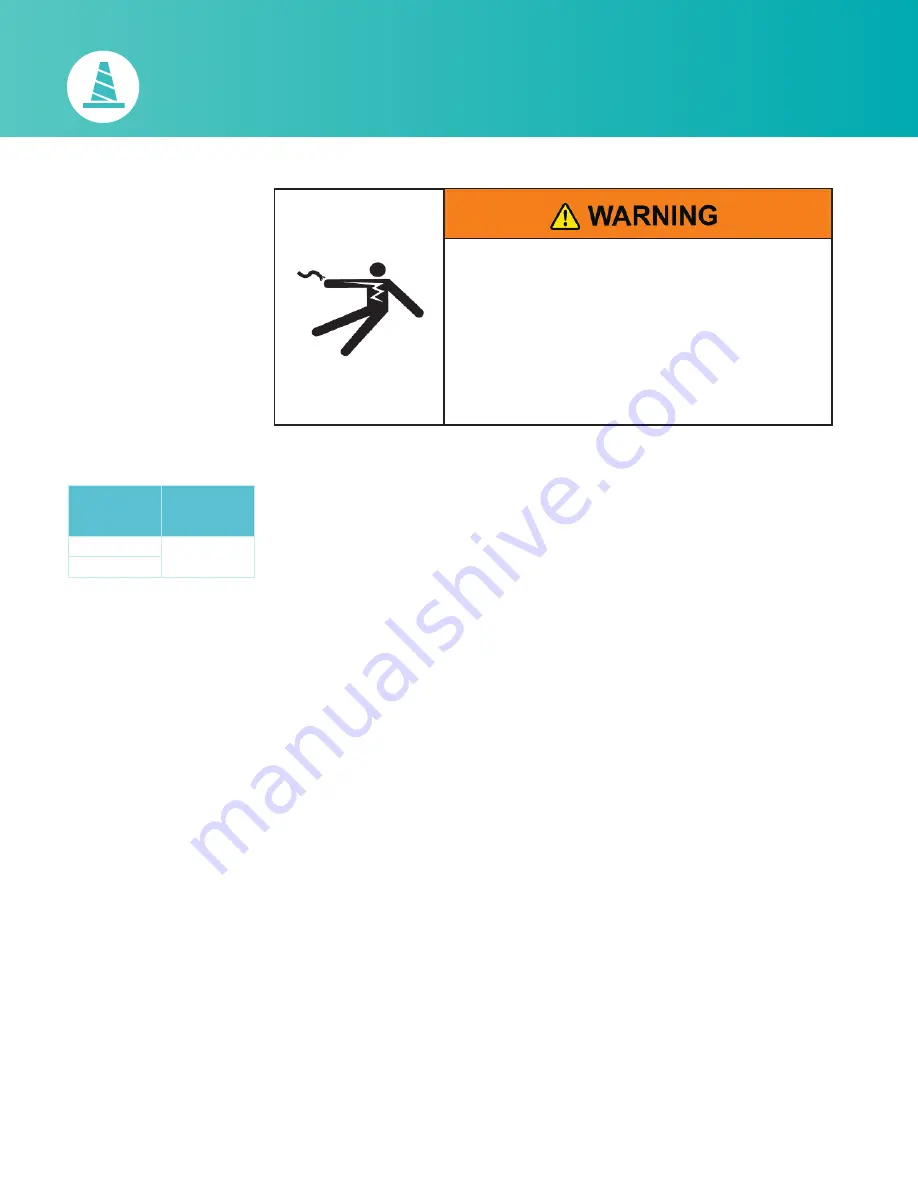
50
Types SDV-R and SDV-R-AR distribution circuit breakers |
Instruction manual
Circuit breaker overhaul
Table 6 lists the recommended overhaul
schedule for type SDV-R distribution circuit
breakers operating under ANSI/IEEE “usual
service conditions” as discussed in ANSI/IEEE
C37.04 and elaborated in C37.010. When
actual operation conditions are more severe
or the circuit breaker operated more
frequently, overhaul period may coincide with
the maintenance interval in Table 3:
Maintenance and lubrication intervals on
page 36. The operations counter on the front
panel of the circuit breaker records the
number of operations.
Replacement at overhaul
The following components are replaced
during an overhaul of the circuit breaker,
when required:
• Vacuum interrupters as determined by
vacuum integrity test, contact erosion or
according to overhaul schedule (refer to
Table 6)
• Close coil, 52SRC
• Trip coil, 52T.
When these parts are changed, locking
devices must also be removed and replaced.
These include lock washers, retaining rings,
retaining clips, spring pins, cotter pins, etc.
Type
Number of
closing
operations
SDV-R
10,000
SDV-R-AR
Table 6: Overhaul schedule ANSI/
IEEE "usual conditions"
1. Vacuum interrupters must be replaced by
factory-trained personnel. Contact
Siemens medium-voltage customer
service at +1 (800) 347-6659 or +1 (919)
365-2200 outside the U.S.
2. Close coil (52SRC) and trip coil (52T).
• Remove two “push on” terminal
connections
• Remove two M4 hex-head screws and
remove solenoid.
• Install replacement coils with new M4 x
10 hex-head screws (Siemens part # 00-
000-443-820) and new lock washers for
M4 (Siemens part # 00-000-288-316).
• The coil-mounting screws must be
installed using thread locking adhesive
(Loctite #222, Siemens part 15-133-281-
007) and primer (Loctite primer T
(#7471), Siemens part 15-133-281-005).
• Connect wires to coils with new wire
terminals (Siemens part # 15-171-600-
002).
3. Lubricate operating mechanism
according to maintenance and
lubrication information in the
maintenance section of this manual.
4. When work is complete, operate the
circuit breaker and close and open
several times, and check that all screw
connections are tight.
Hazardous voltages and high-speed moving parts.
Can cause death, serious injury, or property damage.
All replacement of circuit breaker components must be performed with
the circuit breaker completely de-energized and the springs discharged.
Overhaul







































